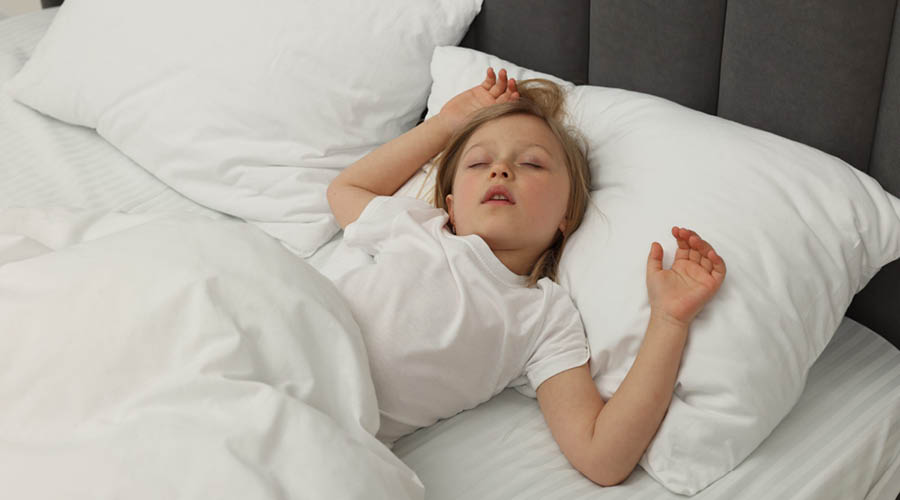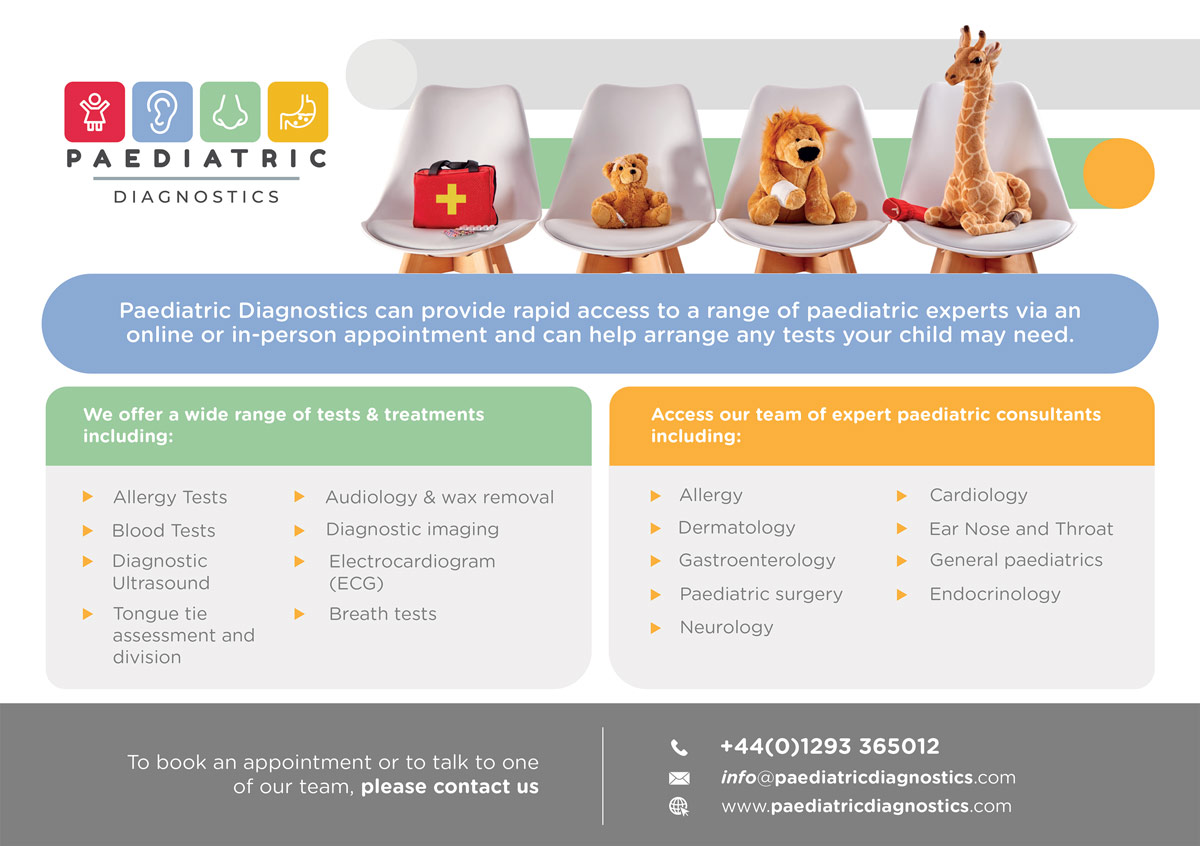Snoring and Sleep Apnoea in Children

Children’s Article by Guest Writer, Mr Sam Khemani, ENT Surgeon
What is Snoring and Sleep Apnoea?
Snoring in children occurs when the throat muscles relax during sleep, narrowing the airway and causing vibrations. Obstructive sleep apnoea (OSA) is a severe form of snoring affecting 2-3% of children in the UK. In OSA, the relaxed throat muscles block the airway, causing the child to wake up gasping for air. This frequent waking disrupts their sleep, leading to daytime problems like tiredness and difficulty concentrating.
Causes and Symptoms
The most common cause in children is enlargement of the tonsils and adenoids. Other factors include obesity and certain medical conditions. Symptoms of sleep apnoea include loud snoring, restless sleep, excessive sweating, and frequent waking. You might also notice your child extending their neck to breathe better.
Impact on Daily Life
Poor quality sleep disrupts important sleep cycles, impacting brain development, mood, and overall energy levels. Children with sleep apnoea may experience daytime sleepiness, hyperactivity, mood swings, and even bedwetting. In severe cases, it can strain the heart.
Treatment Options
Temporary sleep apnoea caused by an infection often resolves on its own. Long-term sleep apnoea may require medical or surgical treatment. Many children outgrow sleep apnoea as their airways develop. For children with enlarged tonsils or adenoids, surgery is a highly effective solution. Coblation intracapsular tonsillectomy and adenoidectomy are preferred methods, as they minimise pain, recovery time, and the risk of bleeding.
Understanding snoring and sleep apnoea, recognising the symptoms, and seeking appropriate treatment can significantly improve your child’s health and quality of life.
If you suspect your child has sleep apnoea, consult a healthcare professional for evaluation and advice on the best treatment options.







